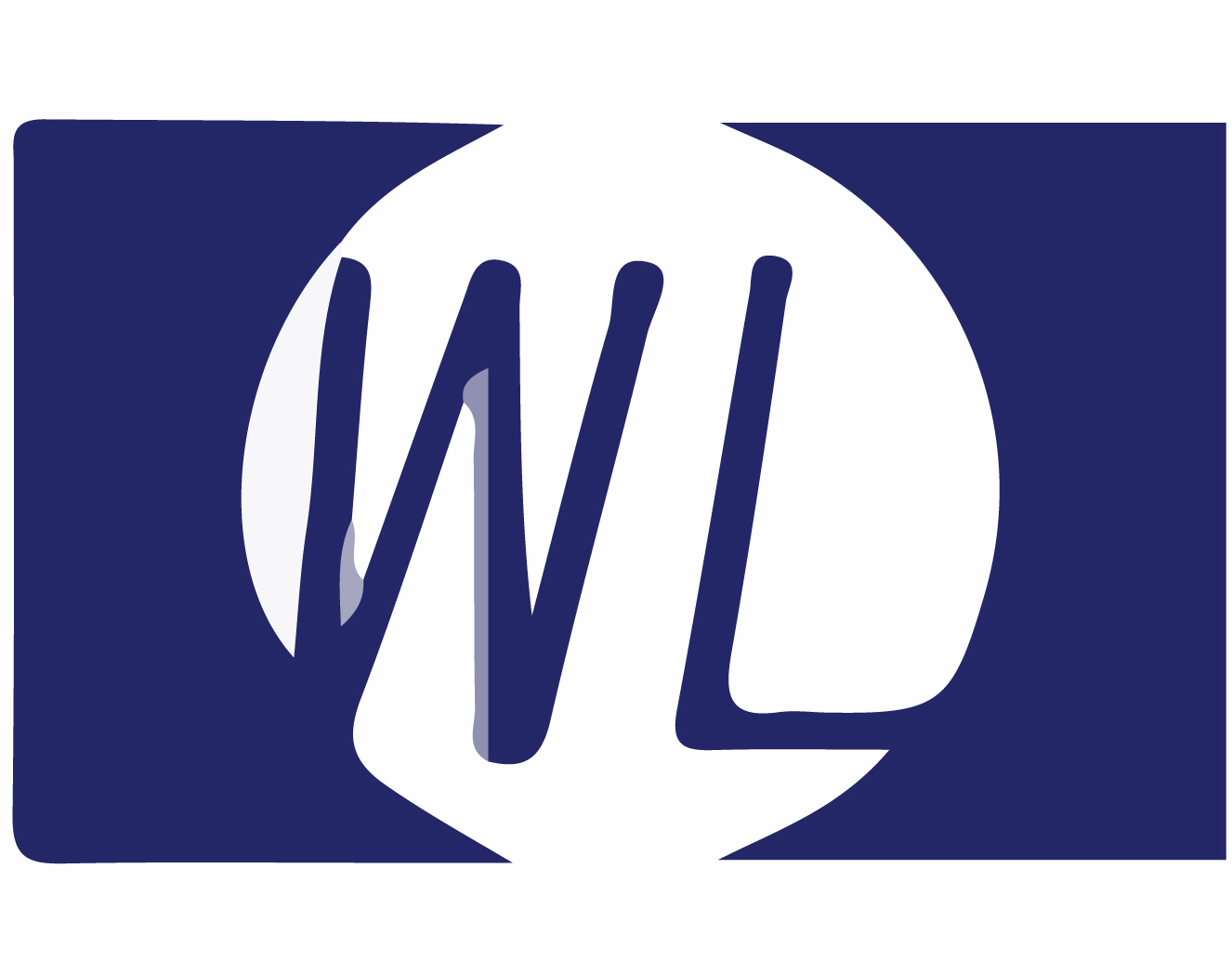What should be done to address these issues that arise during argon arc welding?
1. Pore
During the welding process, bubbles in the molten pool fail to escape during the solidification process, leaving a formed cavity.
Cause: Harmful gas pollution such as hydrogen and nitrogen.
Preventive measures: Use argon gas with a purity of 99.99%;
Having sufficient time for early delivery and delayed gas stoppage;
Carry out pre welding cleaning work;
Correct selection of protective gas flow rate, clear size, electrode extension length, etc.
2、 Tungsten inclusion
Excessive current causes the tungsten electrode to melt and evaporate, or during operation, the tungsten electrode comes into contact with molten iron, causing its particles to enter the molten pool and cause pollution.
Reason: Contact with arc ignition or tungsten electrode melting.
Preventive measures:
Use a high-frequency oscillator or high-voltage pulse generator to start the arc;
Reduce the current or increase the diameter of the tungsten electrode, tighten the tungsten electrode clamp, and reduce the extension length of the tungsten electrode;
Replace tungsten electrodes with cracks or tears.
III Incomplete penetration
The phenomenon of incomplete penetration at the root of the joint during welding is called incomplete penetration.
Reason:
Excessive pure edge of weld groove, excessive groove angle, misalignment, etc;
Welding current is too small and wire feeding is uneven;
Welding speed too fast or too slow;
Improper welding wire position, welding arc micro fusion welding to the root of the weld seam.
Preventive measures:
Select the correct welding parameters; Ensure the quality of welding groove processing and appropriate root clearance; Correctly control the temperature of the molten pool; Improve operational skills.
4、 Falling tumor
Because the heat is too concentrated in a certain place, the iron will sink into a bulge.
Reason: Excessive current; Excessive wire feeding of welding wire; Slow oscillation and overly concentrated heat.
Preventive measures: Adjust small current; Correctly feed the wire and accelerate the swing speed of the argon arc handle appropriately.
5、 Contraction
When the arc is welded, the molten pool metal rapidly crystallizes and contracts, and the molten hole will be filled with molten metal to form a cavity.
Causes: Excessive current, fast arc closure, and excessive heat concentration
Preventive measures: Adjust to the appropriate current, bring the arc close to the slot edge, and use high frequency to strike a few more times.
6、 Not fused
Causes: Low current, reverse side, insufficient wire replacement
Preventive measures: increase current for repair welding and adjust thread angle
7、 Tie
Cause: Improper operation, excessive wire feeding speed; Excessive current; Excessive groove clearance
Preventive measures: Adjust to the appropriate current and connect evenly
8、 Perforation
Cause: Excessive current, excessive heat concentration during welding;
Preventive measures: Reduce the current, operate correctly, and accelerate the swing rhythm.
9、 Cracks
Cracks caused by the thermal stress generated during the cooling process of welded joints after welding exceeding the material strength.
Reason for formation: Forced assembly of welded parts; Mismatch between welding parts and welding materials; Welding process selection error or lax execution; Welding parameters incorrect or arc closing too fast
Preventive measures: Strictly control the content of P and S in welding parts and wires; Strictly clean the surface of welding parts; Select reasonable welding parameters; For weldments with high structural stiffness, the structure can be changed or pre heated before welding, followed by post weld hydrogen removal treatment.
Welding, as an industrial "tailor", is a very important processing method in industrial production. Welding quality has a decisive impact on product quality. However, due to the presence of welding fumes, arcs, and metal splashes, the welding working environment is very harsh. In addition, labor costs are gradually increasing, making it difficult to recruit workers in the welding industry. With the development of advanced manufacturing technology, achieving automation, flexibility, and intelligence in welding product manufacturing has become an inevitable trend.
